Want To Eliminate VOCs? Check Out These Flooring Choices
Are you trying to create a toxic-free living space? Are you working hard to eliminate VOCs by making better choices? As you remodel or build, your flooring tops the list as one material that can make a big difference in the environment you create.
What are VOCs?
VOC is short for volatile organic compounds. VOCs are chemicals that have been proven to affect health either in the short or long term. Some of them are carcinogenic, and have been proven to harm health.
Thousands of common, everyday items used throughout residential and commercial spaces have high levels of VOCs. As we become more aware of what they are and how they impact us, we’re working hard to reduce them in the things most likely to affect us.
Still, some materials have high VOC levels, such as cleaning products, paints and finishes, and other building materials. Once in place, they “off-gas” and release chemicals into the air supply. Depending on the conditions, that may expose all around it to high pollutant levels. VOCs off-gassing may include chemicals such as:
- Formaldehyde – found in pressed wood, plastics, lacquers, paneling, flooring, finishing products, and furniture.
- Phenol – found in some vinyl flooring and wall coverings.
- BTEX – found in petroleum-based products.
- Methylene chloride – the most common of all VOCs, it’s in flame retardant chemicals. It’s common in adhesives.
Living with VOCs
Unfortunately, our lifestyle of modern conveniences dictates that VOCs will be a part of our lives for the foreseeable future. When thousands of chemicals come together indoors to form a toxic soup, the results can include headaches, dizziness, fatigue, and shortness of breath. Long-term exposure can lead to serious illness, including damage to the central nervous system, or cancer.
A study by the EPAs Office of Research and Development found about a dozen common organic pollutants to be two to five times higher inside homes than outside, regardless of whether the homes were located in rural or highly industrial areas.
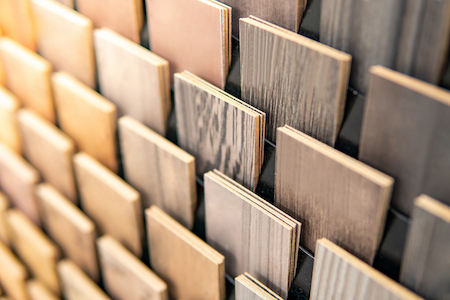 With so many toxic chemicals inside your home, many homeowners are taking the step to learn more about VOCs, what it takes to eliminate them, and make better decisions when selecting home items such as flooring choices.
With so many toxic chemicals inside your home, many homeowners are taking the step to learn more about VOCs, what it takes to eliminate them, and make better decisions when selecting home items such as flooring choices.
How to find the safest, greenest flooring choices for your home
As you tackle different home improvement projects, pay attention to the materials or substances used for each product you bring into your home. This may sound like an overwhelming task at first, but this is something you can start paying attention to over time.
The EPA provides a complete list of known VOCs, what they are, and how they may be listed on the materials or products you purchase.
You can also look for certification programs listed on the products you purchase. The most common certifications for assessing a product’s effect on indoor air quality include:
GreenGuard – it has two levels of certification that measure VOC levels in products. The GreenGuard Gold certification is often considered the most useful for determining healthy products on the market today.
Floorscore – Floorscore certification provides a standard certification process for all types of hard surface flooring materials, underlayment, and adhesives. Floorscore complies with the legally allowable limits in California, which does mean it’s not as comprehensive as GreenGuard. But it’s still a starting point to finding cleaner, less toxic flooring.
Green Label Plus is the carpet industry’s VOC certification process. They test for 35 compounds listed in California guidelines for VOCs. This includes carpet, padding, and adhesives.
There are other organizations that offer advice on what VOC limits are allowed in the production of the flooring material. If you have any questions, you can ask one of our flooring consultants, or do a little research yourself to get more comfortable about the product you’re considering buying.
What flooring choices should you consider?
It’s difficult to make one specific recommendation for flooring in an article like this because the advice would be subjective at best.
One of the greenest options can eliminate VOCs and be a great flooring choice for your home, yet have specific qualities that might not be conducive for the way your family lives. Another option may have low VOCs and be installed in such a way that it poses little risk to your living environment.
What’s the best flooring to suit your needs? Only you can make that decision.
However, as recommendations for low or zero VOCs, we often suggest:
Hardwood
Natural hardwood flooring is quite often at the top of the list as a safe option for eliminating VOCs from your home. There are, of course, things you’ll have to watch out for as you make your final selection.
Wood contains natural terpenes that are considered safe in most circumstances. If you have a high sensitivity, especially aromatic wood choices may trigger more than other products.
All wood goes through processing from forest to final installation. Some of the chemicals that flooring products go through can harbor chemicals that may impact highly sensitive people. This is where it pays to stay alert as to the product you buy and what processes the manufacturer used to bring the flooring to market.
Wood also is a porous material, which means it has a higher probability of harboring mold. Follow all guidelines to ensure your hardwood is properly acclimated to your home before installation.
Finishes and adhesives can also change one of the greenest products into one of the most dangerous. There are many low and no VOC options for both. Just be sure your installer is aware of your desires, and helps you select the best of both.
Tile
Another natural product that can be a great addition to your home is tile.
Marble tile is a great choice for both good looks and low VOCs. Because marble is quarried from nature, you will be bringing a natural product inside your home. Like wood, you’ll have to pay attention to the production process to ensure the overall product has low or no VOCs once it’s installed inside your home. And sealants, finishes, or adhesives should be checked to ensure they meet your expectations on VOC levels you wish to bring inside your home.
Slate is also a good choice. A resin is often used in manufacturing to fill in tiny pits and holes to make it a smoother surface. Be sure the products used are low VOCs. This is where it pays to go with a well-known manufacturer, one you can research thoroughly before you finalize your purchase.
If you’re ready to eliminate VOCs and find the right flooring choice to suit your needs, these are just a few of the products that may make good additions to your home.
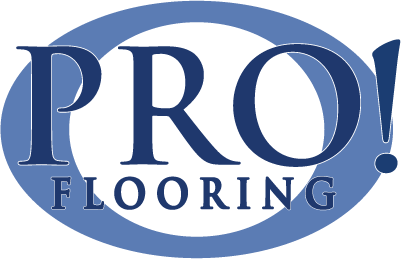
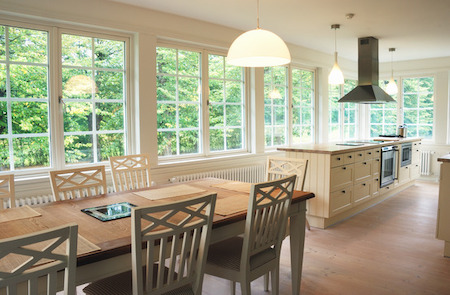 Rigid core flooring is a type of luxury vinyl flooring composed of a solid, rigid core for added durability.
Rigid core flooring is a type of luxury vinyl flooring composed of a solid, rigid core for added durability.  Of course, keep in mind that staying simple is always better if you want an easy sell. When you shop for hardwood, you’ll find an array of different cuts, wood varieties, thicknesses, and finishes. Some will be more appealing to the masses than others.
Of course, keep in mind that staying simple is always better if you want an easy sell. When you shop for hardwood, you’ll find an array of different cuts, wood varieties, thicknesses, and finishes. Some will be more appealing to the masses than others.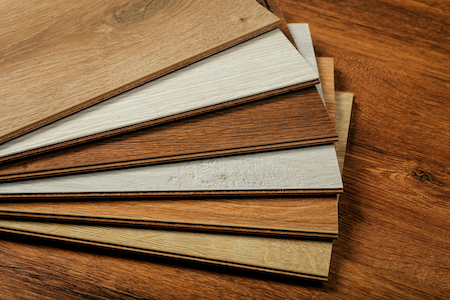 LVP utilizes the floating plank technology found in laminate flooring for ease of installation. They offer a wood-plastic composite (WPC) or stone plastic composite (SPC) core for strength and durability. Depending on the technology used, you’ll find today’s LVP is either water-resistant or waterproof, a characteristic more homeowners are falling in love with.
LVP utilizes the floating plank technology found in laminate flooring for ease of installation. They offer a wood-plastic composite (WPC) or stone plastic composite (SPC) core for strength and durability. Depending on the technology used, you’ll find today’s LVP is either water-resistant or waterproof, a characteristic more homeowners are falling in love with.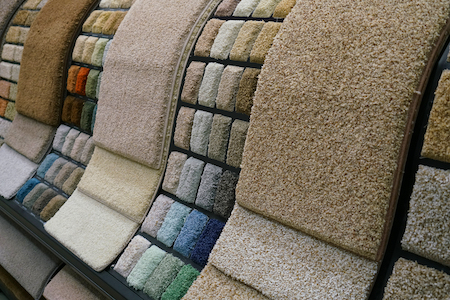 Worried your house won’t sell if you decide to put it on the market in the future? Pay attention to where you install carpet. Colorado homeowners still love a soft, warm carpet in places like the bedroom, home office, or den. Carpet often makes a good addition to basement living space. It can also be a good addition to any place you need noise reduction, such as a media room.
Worried your house won’t sell if you decide to put it on the market in the future? Pay attention to where you install carpet. Colorado homeowners still love a soft, warm carpet in places like the bedroom, home office, or den. Carpet often makes a good addition to basement living space. It can also be a good addition to any place you need noise reduction, such as a media room.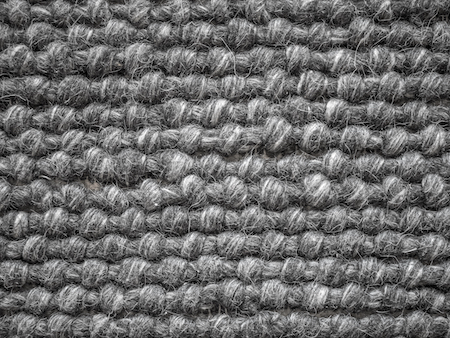 Today’s modern Berber carpet styles provide a host of color backgrounds with darker flecks weaved in. This gives you an advantage of
Today’s modern Berber carpet styles provide a host of color backgrounds with darker flecks weaved in. This gives you an advantage of 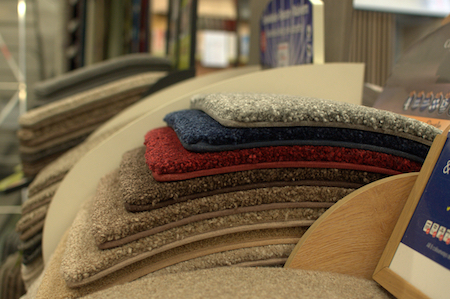 And then there’s the hardest working carpets in the industry, twist pile carpets. These are one of the most popular carpets found in homes all across Colorado. That’s because it’s created from yarn that has been tightly twisted together. The loops are cut, meaning it won’t easily snag. It creates a firm surface area that won’t collect dirt easily.
And then there’s the hardest working carpets in the industry, twist pile carpets. These are one of the most popular carpets found in homes all across Colorado. That’s because it’s created from yarn that has been tightly twisted together. The loops are cut, meaning it won’t easily snag. It creates a firm surface area that won’t collect dirt easily.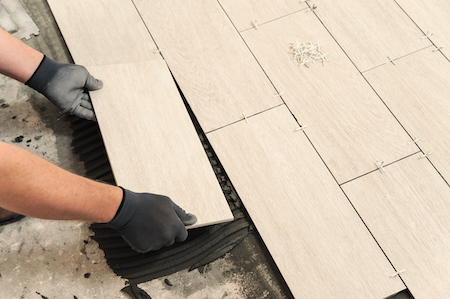 The best tile you can choose is the one that works for the room. Tile flooring adds value to your home, and it does even more.
The best tile you can choose is the one that works for the room. Tile flooring adds value to your home, and it does even more.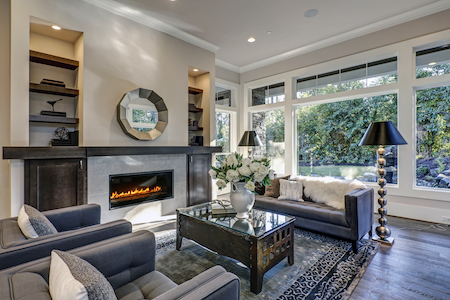 While there might not be clearly defined rules on what hypoallergenic flooring is, you can still look to manufacturer’s guidelines to help you find the best fit to suit your needs. Because the top lines are working hard to create carefully crafted products, they often work with other organizations to create the best products possible.
While there might not be clearly defined rules on what hypoallergenic flooring is, you can still look to manufacturer’s guidelines to help you find the best fit to suit your needs. Because the top lines are working hard to create carefully crafted products, they often work with other organizations to create the best products possible.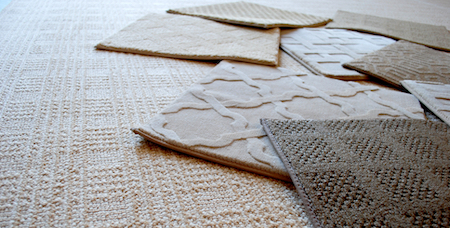 Our modern-day carpets originated back in the 1800s as manufacturing picked up speed, and the power loom was created to weave carpets. This increased production, which meant costs lowered and the product became more in demand.
Our modern-day carpets originated back in the 1800s as manufacturing picked up speed, and the power loom was created to weave carpets. This increased production, which meant costs lowered and the product became more in demand.